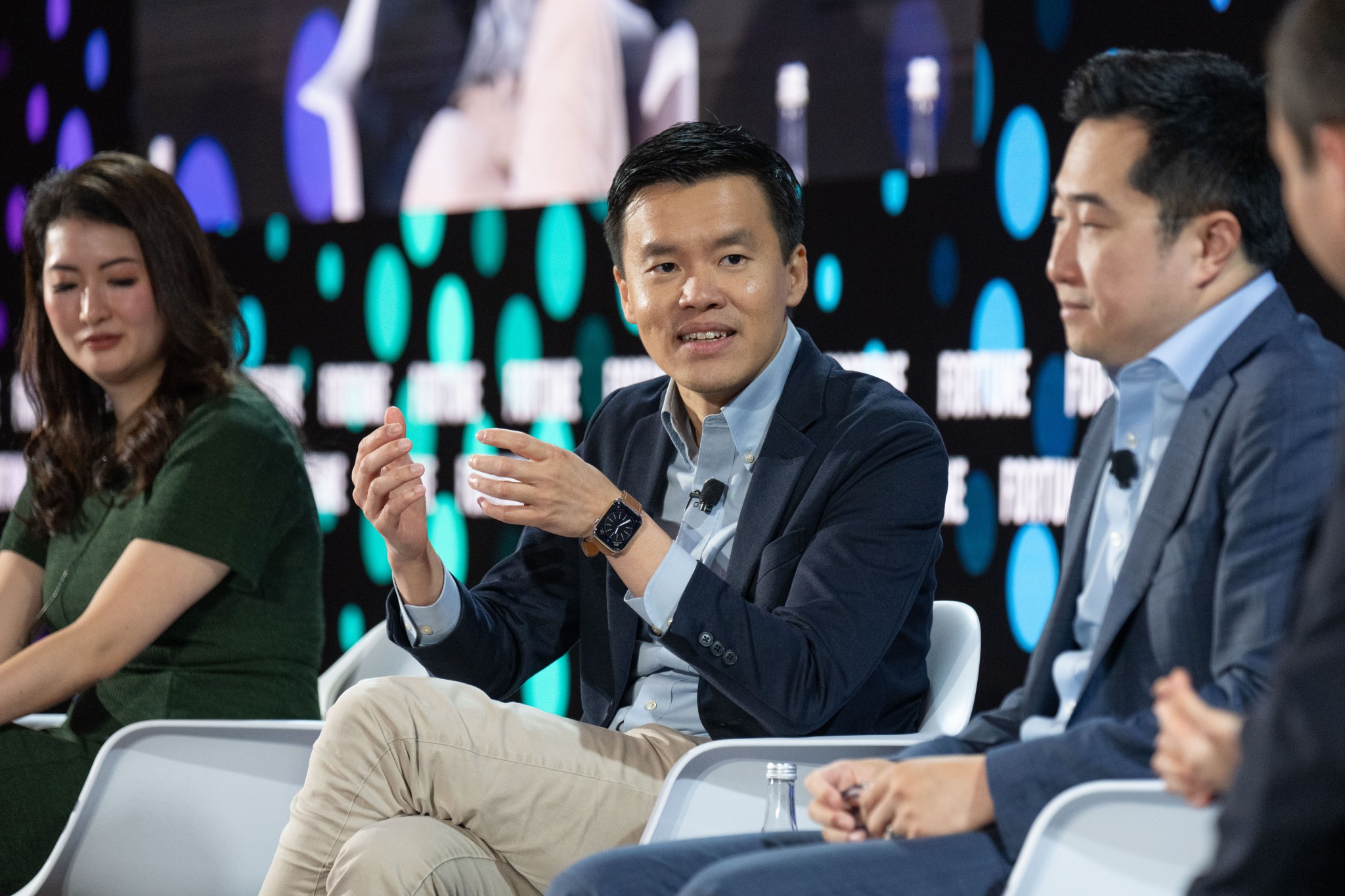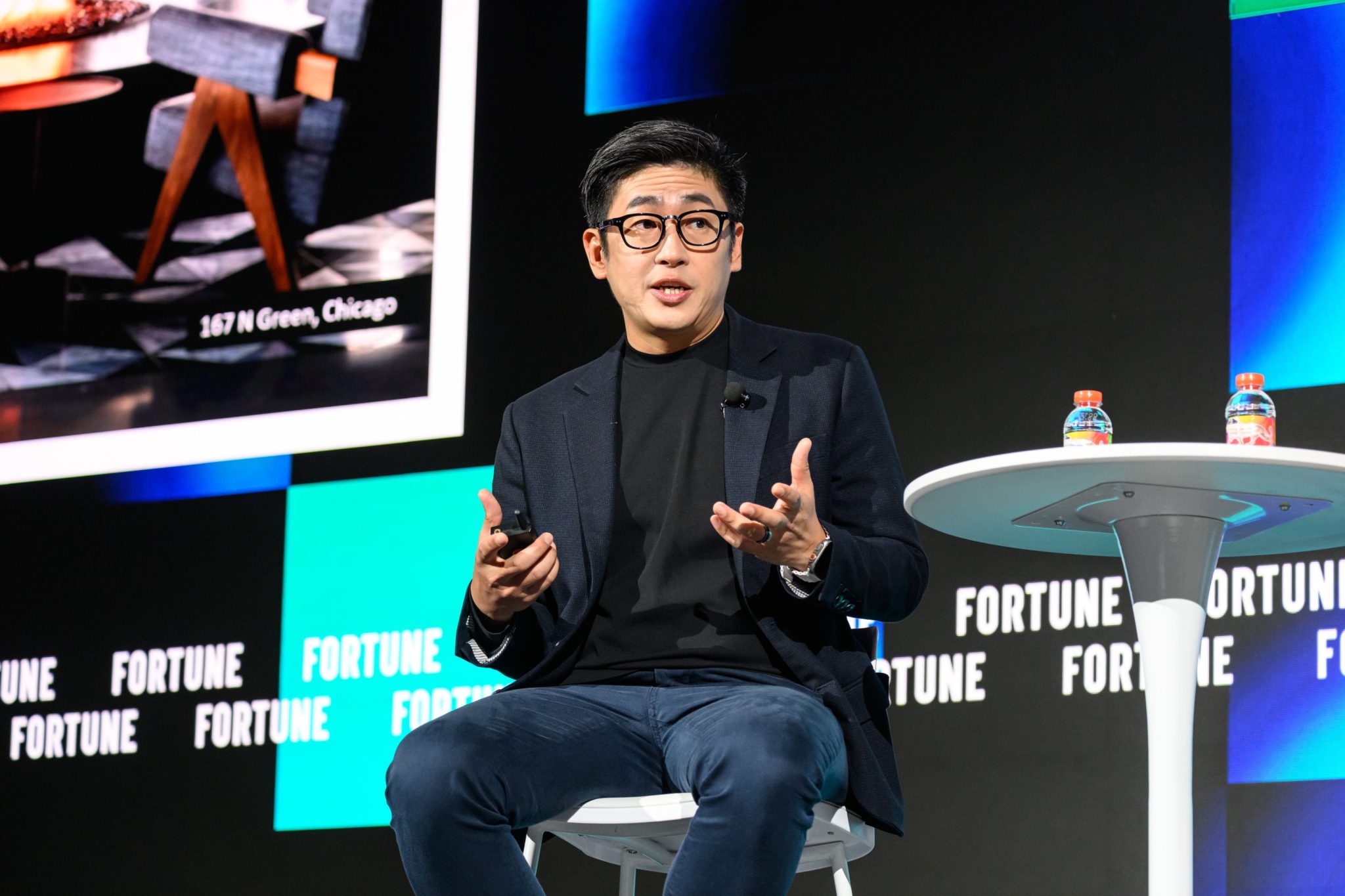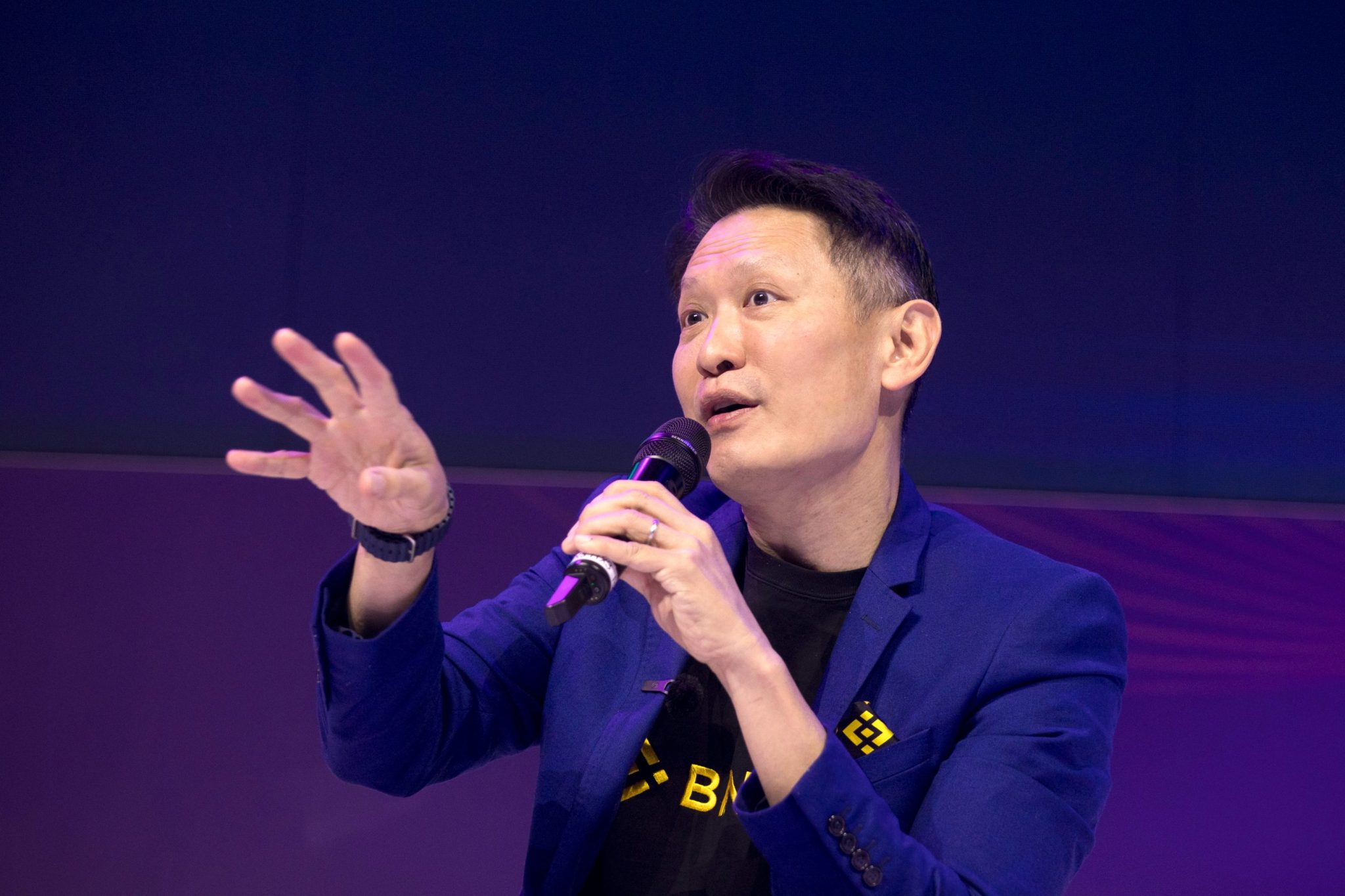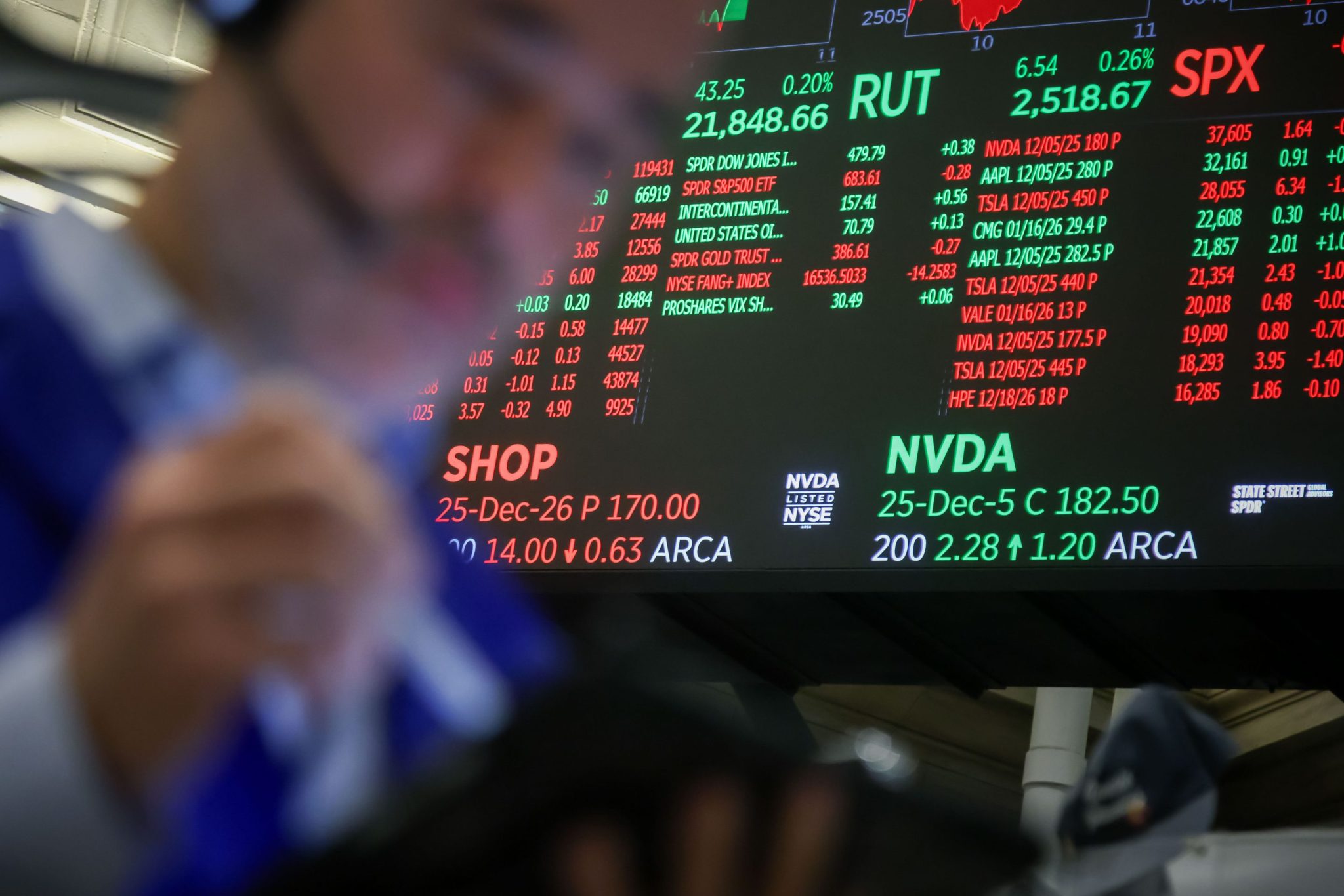
When DeepSeek released its buzzy AI model, developers celebrated its high-performance and low compute costs—and the Chinese research lab’s decision to release the model on an open-source basis, allowing anyone to download and tweak it for their own ends.
Chinese AI developers, large and small, have released a series of open-source AI models throughout 2025, impressing outside developers and showing that China is able to catch up in the race to develop this new technology.
Open-source models, particularly from China, now may be starting to edge out the proprietary models rolled out by U.S. firms like OpenAI. Even some U.S. businesses are starting to think about Chinese models: Last month, Airbnb CEO Brian Chesky said that his company had started to use Alibaba’s open-source Qwen model, which he said was good, fast and cheap.
“China is focused a bit more on diffusion, while the U.S. focuses more on perfection,” Chan Yip Pang, executive director at Vertex Ventures SEA and India, said at the Fortune Innovation Forum in Kuala Lumpur, Malaysia on Monday. Chinese AI models tend to be cheaper and more lightweight, enabling them to spread into the mass market.
“If you look at Taobao—the Chinese equivalent of Amazon—and search for kids toys, you’ll find quite a number embedded with DeepSeek. That tells you how far ahead they are in terms of [AI] adoption,” Pang said.
But while open-source AI can drive innovation and democratize access to powerful new technologies, it comes with risk.
Cassandra Goh, CEO of Silverlake, warned that open-source models don’t come with the customer support offered by developers wtih proprietary models. “If you’re an enterprise user of AI, it’s not just about having the best performance,” she said. “If there’s an issue with your formatting and it goes down, is there enough support in an open-source environment?”
Still, most panelists believed that open-source AI was ultimately a better option.
Open-source models can be an asset in highly-regulated industries like finance, said Cynthia Siantar, the general manager and head of investment relations at Dyna.AI. “The model has to be auditable. It can’t be a black box,” she said. “I think that’s where open-source models shine.”
Using open-source AI models also prevents companies from being too reliant on the tech companies which develop them, Pang argued.
“The problem with using proprietary models is that [tech companies] could change them. They can raise costs on you, and you have no pushback on that. They can even change model performance characteristics,” he warned.
Yet Pang said the choice between open-source and proprietary models wasn’t mutually exclusive. Closed-source models might be better in the experimentation phase, as users quickly understand the returns on their AI investments.
Then, once companies are ready to scale up their AI operations, they can switch to open-source models to reduce costs, Pang suggested.
Credit: Source link














